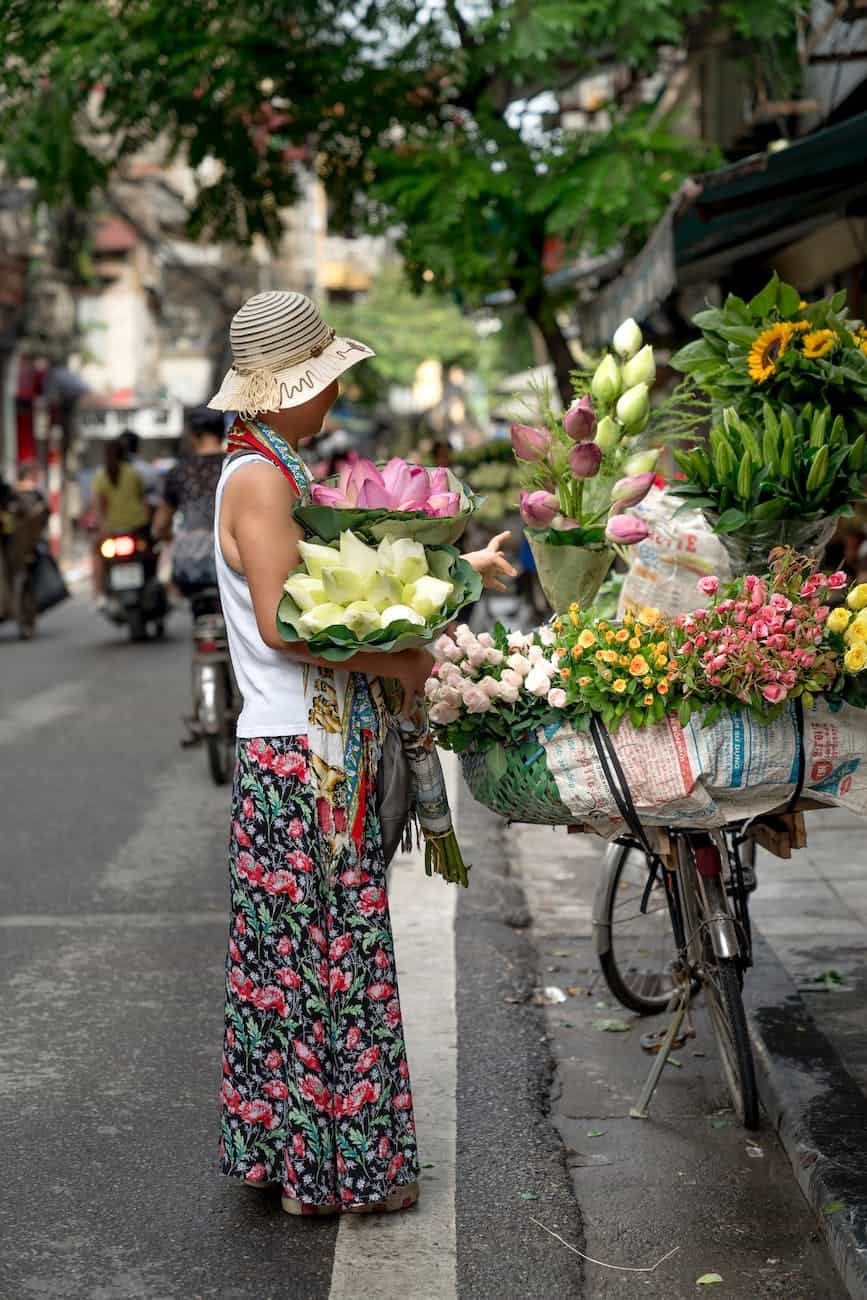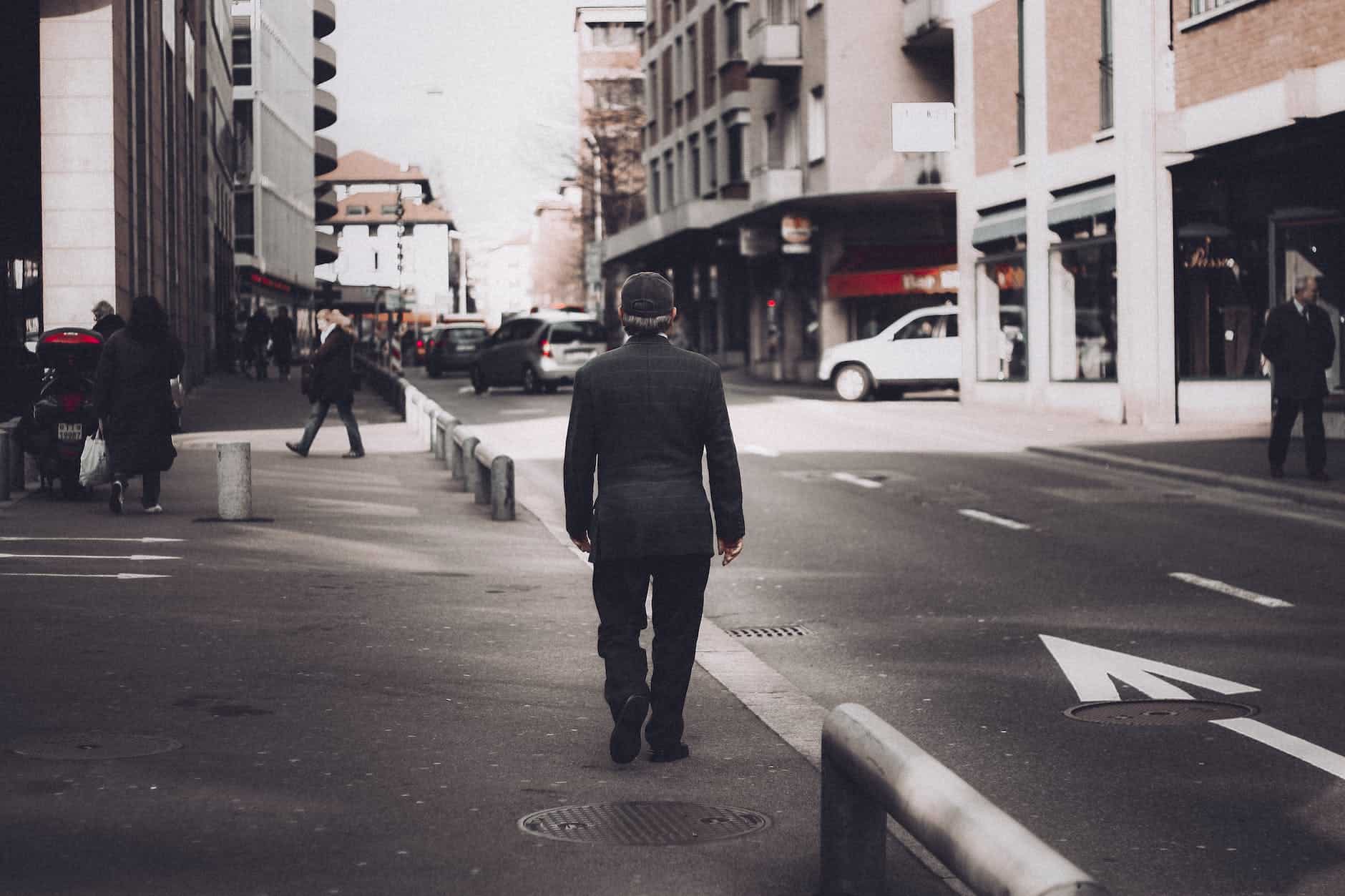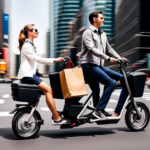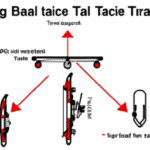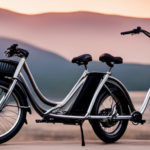Shopping for groceries by bike is an excellent method for urban and suburban dwellers to gather essentials without the need for a vehicle. Before embarking on this adventure, consider your level of ease and the type of landscape you will encounter. Also, ponder over delicate goods you intend to carry and the manner in which they will be secured on your bicycle. Employing a bicycle rack or a trailer designed for bike storage might prove to be quite beneficial.
Bicycle storage trailers
The bike storage trailers make grocery shopping simple because they allow you to transport your groceries on your bicycle. The Burley Travoy is the perfect choice for urban grocery commuting, since it includes a built-in tote bag for your groceries. Moreover, it is lightweight at only 14.5 pounds.
The best trailers can carry more groceries and fold up neatly. They can be easily stored in the trunk or garage when not in use. They also have wheels that tuck inside the trailer, making it convenient to remove and store them.
Bike rack trailers can be attached to the rear bike rack or to the front wheel, and they are usually taller. This gives them more flexibility when hauling oversized items and heavier loads. The type of load you are carrying will determine the size of the container.

There are several types of bicycle storage trailers, each with different features and benefits. Two-wheeled models are more durable, while single-wheel trailers can be rolled easily. Generally, a single-wheel bike cargo trailer has more capacity, but can’t haul as much weight as a two-wheel model. Single-wheel models are better at carrying less weight but require a more delicate and zen-like approach to loading the cargo.
Choosing the right bicycle storage trailer is important for your convenience. Not only should it have the versatility to handle multiple types of groceries, but you also want to make sure that you buy one that is compatible with your bike. Consider the size and weight of the bicycle you own to ensure the trailer is compatible with your bike.
Rear Crate
A bicycle’s rear crate is a convenient way of transporting groceries. You can attach the basket to your bike with bungee cords and then remove it when you’re done shopping. It is also easier to remove than a bag with zip ties.
Rear crates are available in many different styles. They are sturdy enough to hold up to 15 pounds of groceries, and they easily attach to your rear rack with a quick-release device. Rear racks with a depth of between 4.5 and 6 inches can be fitted with rear crates.
Whether you prefer panniers or a rear crate, bicycle grocery shopping is now much more convenient than ever. Once you get used to riding a bike, you’ll be able to carry groceries without a problem. To save space, you can attach panniers to your front rack. However, rear crates are best if you plan on shopping more than once per week. If you have more than one person, you might also want to consider bike-packing storage solutions in your rear crate.
If you don’t have a rear crate, you can also use a milk crate. It won’t be as easy as a milk crate, but it’s waterproof, has a tight lid, and has handles to carry off the bike. Another solution is to make reusable grocery bags. You can reinforce these bags with plastic before attaching them to your bike.
Sturdy Box
A sturdy box is a great way to store groceries while you’re bicycling. You can secure the box to the rack to prevent groceries from falling off or getting squished together. These are also a great choice for picnics or sporting events. They also feature a hard base to protect breakables and a washable liner to keep your groceries fresh.
Another option is to use a crate. These can be attached to the rear rack. These can be secured with zip ties or rope. A crate should hold at least 100 liters of groceries.
One of the most important tips for bicycle grocery shopping is to create a list of items that you will be carrying. It is important to only purchase the items you actually need. You should also take a lock with you so you can secure your bicycle. Be careful not to over-load your box. It is dangerous to transport too much food or too many items at once.
The brand name is another important aspect to consider when buying a bike basket for groceries. Choose a product that has a reputable brand name. This will give you an idea of the product’s quality.
Adding a Rear-Mounted Metal Basket or Panniers to Your Bike
When you add a rear-mounted metal basket or panners to your bike, you can easily bring groceries on the go without sacrificing your bike’s handling. Panniers are saddlebags, and their name comes from the Old French meaning “bread basket.” You can also add insulated panniers to carry frozen items, or use a regular backpack.
Baskets can be mounted in front or at the rear of your bicycle and are great for fair-weather rides. Rear-mounted baskets are usually deeper and wider than front baskets. They attach to the rear rack and hang from the rear wheel. Front baskets are smaller and can be hung from the handlebars or secured to the front fork with metal stays.
A rear-mounted metal basket or panniers is a great way to transport groceries without taking up too much space. They are easy to attach to your bike’s rack, and some even have a bottom attachment so you can keep your bag secure. Besides making bicycle grocery shopping easy, these items can also be used for additional clothing, camping gear, and other essentials.
If you want to buy a rear-mounted metal basket or pannisters, there are several brands to choose from. Many of them have a removable rain cover and a water resistant zipper. They also feature side pockets for easy access to small items.
Adding a Backpack to Your Bike
Bike backpacks can be used to carry more groceries. Bike backpacks can be used for everyday errands, but they can also be used to take along picnics or longer trips. They’re comfortable to carry and offer more stability while cycling. These bags can also be used to transport as much as you need to buy groceries.
A backpack can be an excellent accessory for your bicycle. However, it is important to choose the right backpack. A large, padded backpack is ideal for carrying large quantities of groceries. If you live in a humid climate, make sure to get a backpack that is waterproof. This will protect your groceries from the rain.
Whether you choose a backpack with a front or rear rack position, you’ll be able to haul a wide range of items. A backpack with a large carrying capacity is best for your first trip. You can even choose a backpack with expandable compartments, which are great for the discount shelves near the check-out area.
A proper harness system is essential if you plan to use your backpack for grocery shopping. The straps must be adjustable and placed correctly to ensure that the weight is evenly distributed. Moreover, it’s important to make sure that the bag doesn’t move around and affect your balance.
